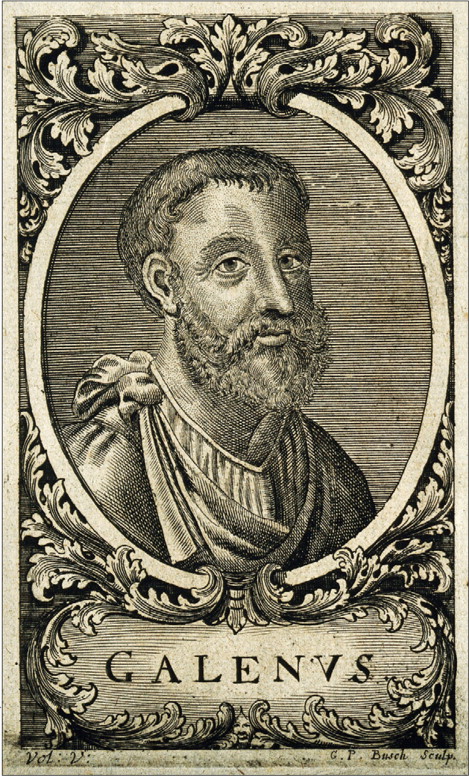In the late 1700s, John Wilkes famously responded to an insult in Parliament to the effect that he would die either “of the pox or on the gallows” by saying “That depends on whether I embrace your principles or your mistress.” One of the greatest retorts of all time.
The alludes to the use of the word pox to denote venereal disease, but when author Colin Elliott uses it, he means plague. Kennet, associate professor of history at Indiana University, has written this book about a plague that shook the foundations of the Roman Empire.
The title of the book is also a play on the famous catch-phrase Pax Romana, a period that has been perceived (by some historians) as a ‘golden age’ of peace and stability. The beginning of the Pax Romana is not in doubt: 27 BCE, when Augustus became the first Emperor of Rome. The end date is often given as 180 CE, which is marked by the death of Emperor Marcus Aurelius and beginning of the reign of Commodus. “Few modern historians,” writes Elliott, “fix the end of the Pax Romana on the very day Commodus ascended to the purple, but many agree that by the end of the troubled emperor’s reign in the early 190s, if not before, Rome’s historical path had taken a permanent turn.” The animating principle of this book is to determine what effect a pandemic that swept through the Empire had on its downturn.
Those readers looking for quick and easy answers won’t find them here. As a professional historian faced with a paucity of crucial data, he includes an array of caveats here to put the brakes on any hasty judgments. Coming too late for the book is research published in 2024 (reference below) that has allowed scientists to construct a climate map in the Mediterranean Sea from 200 BCE to 600 CE. Sediment from the sea floor reveals that periods of rapid cooling and drying in the Roman Empire align with documented major disease outbreaks. Scientists discovered that a sharp downward temperature trend began around 130 CE and continued well past the arrival of the Antonine plague in 165 CE.
Having apparently started in the east (possibly from the Parthian Empire), the year 166 saw the first wave of the epidemic hit Rome. Flaring up in the reign of Marcus Aurelius, it is known to history as the Antonine plague (after the name of the dynasty then ruling Rome, the Antonines) or Galen’s plague. Galen was the most noted doctor of the age, and while he did his best, no one of that era had the medical knowledge to combat it.
As hundreds of thousands, and then a million or more died, people naturally turned to quacks (much as they died during the Covid outbreak). The most famous was Alexander. The author tells us “he was something between a magician and a messiah. Alexander cleverly mixed magical healing with the symbols of the established medical-religious order.” He sent minions all over the Empire with his prescription to ward off the disease. This consisted not of a potion, but words: “Unshorn Phoebus keeps away the cloud of pestilence.” This phrase was written on statues, and above the doors of dwellings, all over the vast Empire. In 1989 a pewter amulet was found in London, inscribed with Alexander’s line. Thousands of miles away, it can be found on a statue in Antioch.
The Syrian satirist Lucian was living at this time. He had a field day ridiculing such superstition. He noted that people who inscribed Alexander’s line actually had worse results from those who did not, wrote Lucian, “because of their confidence in the line, they lived too carelessly.” Elliott seizes on this to note something quite remarkable. “Here is Lucian, almost 1,800 years before economist Sam Peltzman codified the concept of risk compensation, describing the phenomenon perfectly. People are prone to take more risks when they perceive they are safe.”
Elliott goes to great lengths to explore every avenue relating to the plague, and it therefore becomes a fascinating survey of what Roman life was like. In general, it’s not a pretty sight. Without revealing all details, I will quote a bit from his conclusion. “The Antonine plague was as much a catalyst of catastrophe as it was a catastrophe in its own right. Against the fragile Pax Romana, the plague pressed suddenly and unexpectedly, jolting Roman society into a new era.” It was, to use a phrase coined by historians, a “catastrophe-flip.” The pandemic became, writes Elliott, “the symbolic vanguard of a full-blown crisis.”
Most people have no more than a passing knowledge of the Roman Empire; they know about the origins of Empire: Julius Caesar, and Nero presiding over the fire of Rome. All that was more than a century in the past when the plague of 165 began its march across the Empire. This book is a fine way to understand more about the Roman Empire at its mid-point, in addition to what it relates about how scholars and scientists in various disciplines reveal the hidden past of mankind’s greatest age.
Ref: Pandemics in Roman Empire correlate with sudden climate changes. Physics Today, v. 77, issue 4. April 2024.
https://pubs.aip.org/physicstoday/article/77/4/17/3279739/
POX Romana: The Plague that Shook the Roman World is by Princeton Univ. Press. It lists for $16.
Illustration: an 18th century imagining of how Galen looked. Courtesy Wikimedia Common
